|
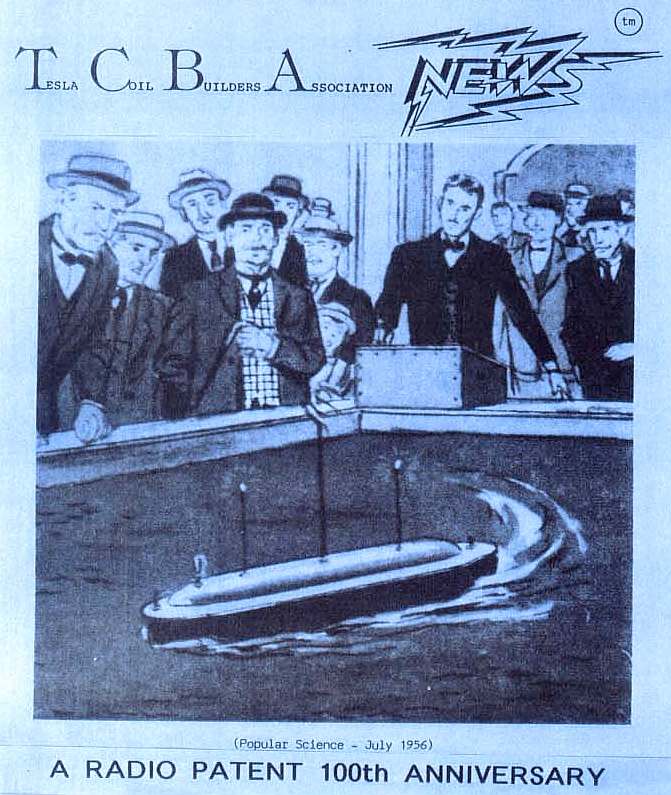
Tesla, at the Madison Square Garden demonstration in 1898,
illustration reproduced on the cover of Popular Science magazine in July
of 1956. TESLA RADIO
CONTROL - ROBOTICS FORERUNNER
Most of us, think of Guglielmo Marconi as the father of radio,
leaving Tesla largely unknown for his work in radio. Marconi claimed all the first patents for radio, something originally developed by Tesla. Nikola Tesla tried to prove that he was the creator of radio but it wasn't until 1943, where Marconi's patents were deemed invalid; however, people still have no idea about Tesla's work with radio.
Tesla discovered remote control and patented a radio controlled robot-boat in November 8, 1898 (Patent #: 613.809). Tesla used radio waves to move a robot-boat in a small pool of water in Madison Square Garden, New York City during the Electrical Exhibition in 1898. 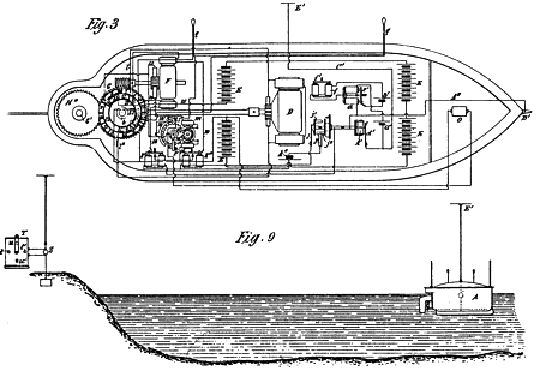
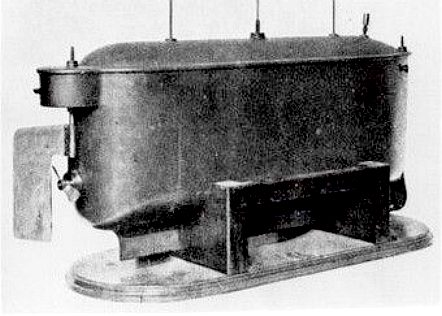
One
of the original
patent diagrams and the original boat demonstrated by Tesla in 1898. RADIO BOAT
Tesla's robot-boat was constructed with an antenna, which transmitted the radio waves coming from the command post where Tesla was standing. Those radio waves were received by a radio sensitive device called coherer, which transmitted the radio waves into mechanical movements of the propellers on the boat.
Tesla changed the boat's direction, with manually operated controls on the command post. Since this was the first application of radio waves, it made front page news, in America, at that time.
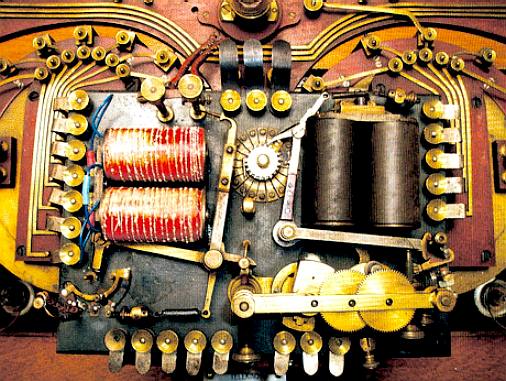
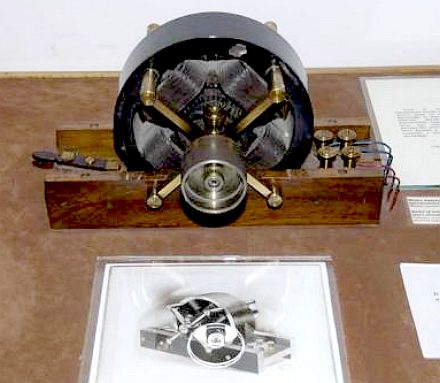
1903 - Spanish mathematician Leonardo Torres Quevedo built what he called the “Telekino.” A remote control similar in mechanical function to Tesla’s, the Telekino employed its own telegraphic code to signal commands. The series of clicks were first demonstrated for use with a child’s tricycle, making it possible to animate the vehicle without the necessity of an energetic
rider. Torres Quevedo then tested his Telekino with engine-driven boats in Madrid’s Real Casa de Campo pond and in the Bilbao Estuary where he “successfully took full control of a dinghy with a crew of eight at distances of over 1.25 miles.”4 He abandoned his intention to use the technology to pilot
submarine
torpedoes when he was denied funding for his project by the Spanish government.
1898
MADISON SQUARE GARDEN
At a private showing for investors held at Madison Square Garden, modern history’s favorite maligned genius, Nikola Tesla, first presented his “Method of and Apparatus for Controlling Mechanism of Moving Vehicle or Vehicles.” Using a radio transmitter to steer, Tesla guided a small boat over a pond. After receiving the US
patent for his device later that year, Telsa announced his “devil automata” in an interview with the New York newspaper The Sun. News of the invention quickly spread, and his friend Mark Twain wrote him a perspicacious letter soon afterwards from Vienna: “Have you Austrian and English patents on that destructive terror which you have been inventing? And if so, won’t you set a price upon them and concession me to sell them?” Twain predicted that the armies of the world would bow down before such profound technology, and the remote control would “make war thenceforth impossible.”1 After a prolonged scandal of intellectual property and propriety, popular credit for radio technology went to Guglielmo Marconi. Tesla retreated into doleful eccentricity, claimed to receive commands from outer space, and spent his latter days with a particularly beloved white pigeon.
BACKGROUND Nikola Tesla (Serbian Cyrillic: Никола Тесла; 10 July 1856 – 7 January 1943) was a Serbian American inventor, electrical engineer, mechanical engineer, and futurist best known for his contributions to the design of the modern alternating current (AC) electricity supply system.
Tesla gained experience in telephony and electrical engineering before immigrating to the United States in 1884 to work for
Thomas Edison in
New York City. He soon struck out on his own with financial backers, setting up laboratories and companies to develop a range of electrical devices. His patented AC induction motor and transformer were licensed by George Westinghouse, who also hired Tesla for a short time as a consultant. His work in the formative years of electric power development was also involved in the corporate struggle between making alternating current or direct current the power transmission standard, referred to as the War of Currents. Tesla went on to pursue his ideas of wireless lighting and electricity distribution in his high-voltage, high-frequency power experiments in New York and Colorado Springs and made early (1893) pronouncements on the possibility of wireless communication with his devices. He tried to put these ideas to practical use in his ill-fated attempt at intercontinental wireless transmission, which was his unfinished Wardenclyffe Tower project. In his lab he also conducted a range of experiments with mechanical oscillators/generators, electrical discharge tubes, and early X-ray imaging.
Tesla was renowned for his achievements and showmanship, eventually earning him a reputation in popular culture as an archetypal "mad scientist." His
patents earned him a considerable amount of money, much of which was used to finance his own projects with varying degrees of
success. He lived most of his life in a series of New York hotels, through his retirement. He died on 7 January 1943. His work fell into relative obscurity after his death, but in 1960 the General Conference on Weights and Measures named the SI unit of magnetic flux density the tesla in his honor. Tesla has experienced a resurgence in interest in popular culture since the 1990s.
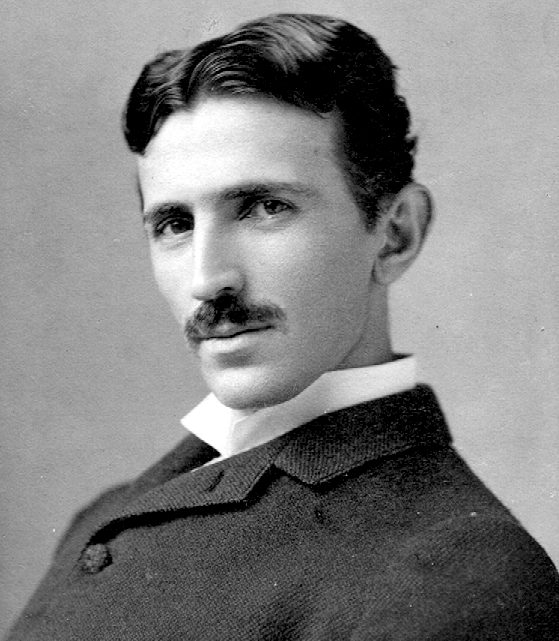
FINANCES
After presenting to the public his discoveries relating to wireless signaling or the transmission of intelligence, as he called it, Tesla was anxious to get busy on the power phase: his projected world-wide distribution of power by wireless methods. Again Tesla was faced with a financial problem — or, to state the matter simply, he was broke. The $40,000 which was paid for the stock of the Nikola Tesla Company by Adams had been spent. The company had no cash on hand; but it held patents worth many millions if they had been handled in a practical way. A gift of $10,000 from John Hays Hammond, the famous mining engineer, had financed the work leading up to the Madison Square Garden wireless and robot demonstration. 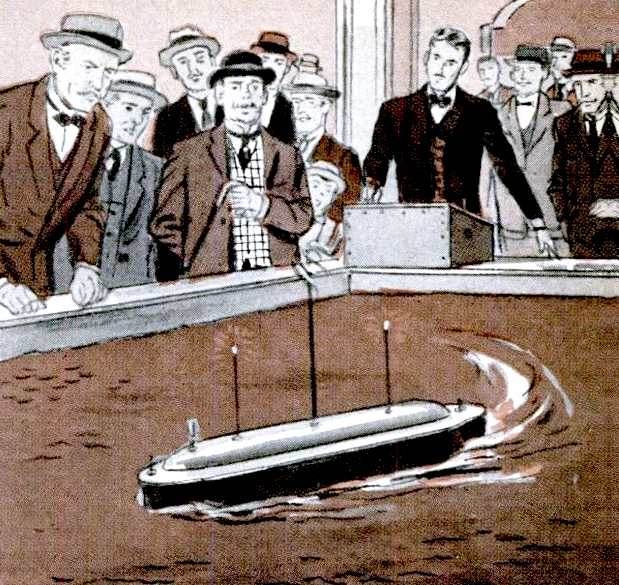
SECRECY
Tesla, in order to protect his secrets, did not commit his major inventions to paper, but depended on an almost infallible memory for their preservation.
"Telautomata," he concluded, "will be ultimately produced, capable of acting as if possessed of their own intelligence and their advent will create a revolution. As early as 1898 I proposed to representatives of a large manufacturing concern the construction and public exhibition of an automobile carriage which, left to itself, would perform a great variety of operations involving something akin to judgment. But my proposal was deemed chimerical at that time and nothing came from it."
99
YEARS LATER: 1997 EARTH ROBOT INVADES MARS
Space exploration developed from this first discovery of robots. Robots are important in space exploration, industry, military applications, medicine (heart operations performed with robots) and many other fields. On July 4, 1997 the NASA Explorer-Robot "Sojourner" landed on Mars and became the first radio-guided vehicle to roam the surface of the Red Planet. Remotely controlled exploration of cosmos began 100 years ago when Nikola Tesla discover his first
robot.
As early as 1892, Nikola Tesla created a basic design for radio. On November 8, 1898 he patented a radio controlled robot-boat. Tesla used this boat which was controlled by radio waves in the Electrical Exhibition in 1898, Madison Square Garden.

1994/95
CONCEPT ORIGINAL:
The very first fully autonomous vessel concept is coming of age. This large
scale (1:10) development model (or its immediate predecessor) was constructed
by the inventor and exhibited
at Earls
Court, Child Beale and other events
from 1995. The 'SolarNavigator' was a SWATH type twin hull 50' in length.
There was no mention of the (unmanned) technology at that time. The boat
was though powered by solar panels as the zero carbon harvesting power source. Note
the absence of wind
turbines. This vessel was designed to prove the theory that a solar
powered vessel could circumnavigate the globe on nothing but energy
harvested from nature as a means to halt climate
change. BMS has now negotiated the right to show this model at
commercial shows and conferences. Subject to notice, it could thus join
the 1:20 scale SWASH model (presently under construction) on 'Future' or 'Innovation'
stands from 2015. The SN model measures: 1675mm x 790 x 890mm (66" x
31" x 35" [LxWxH]) A rotating stand is available with lit
backboard. The Bluebird/Bluefish autonomous model(s) measure: 2300mm x
825mm x 735mm (90.5" x 32.5" x 29") with the turbines in a
mid position. The overall height varies according to turbine usage. Contact
BMS for details.
115
YEARS LATER: 2013 28 JANUARY PATENT
ABSTRACT
"A boat, ship, or robot
vessel, that by virtue of a combination of the technology described
herein: computers, sensors, navigating equipment, terrestrial radio and
satellite communications, mechanical, electrical and hydraulic actuators,
photovoltaic arrays and wind generators/turbines and/or optionally,
multi-hull design, is capable of superior course keeping and of navigating
the high seas at speeds typically between 5 and 10 knots using only energy
harvested from nature and without the aid of a human captain, or any other
human sailors onboard the vessel, in a manner that such truly autonomous
vessel is able to calculate, plot and execute course keeping that utilises
energy for propulsion more efficiently, and where the autonomous
navigation system is compliant with the Collision at Sea Regulations ([COLREGS] as apply to all vessels) and other rules of the oceans and
harbours, as imposed by international agreements and treaties, and local
port authorities when entering ports/harbours, docking or leaving harbours
– utilising the onboard artificial intelligence thus created." The
above patent abstract comes 115 years after Nikola Tesla applied for his
patent. Nikola would have liked building the design below for the first
SolarNavigator. LINKS Wikipedia
Nikola_Tesla Mcguiresplace
Nikola Tesla Genius http://en.wikipedia.org/wiki/Nikola_Tesla http://www.mcguiresplace.net/Nikola%20Tesla%27s%20Genius/
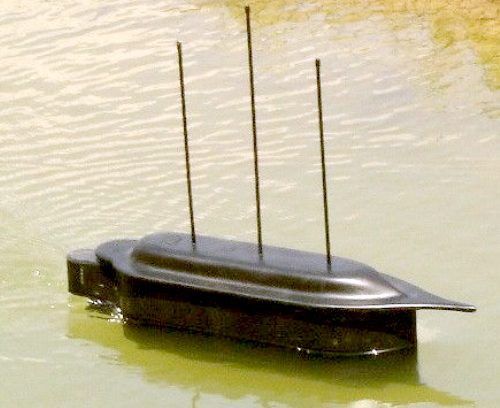
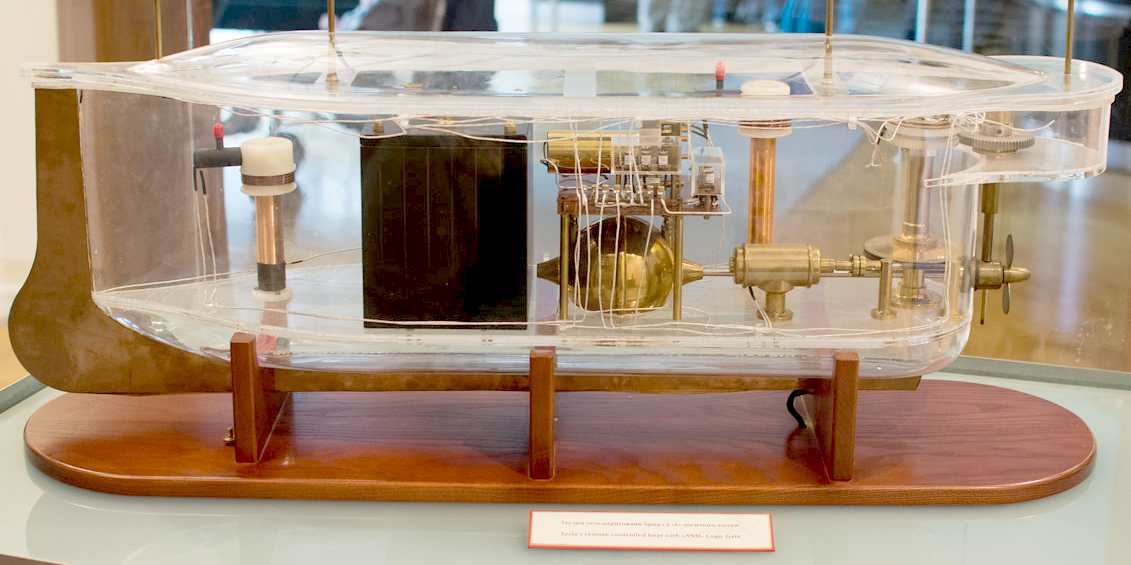
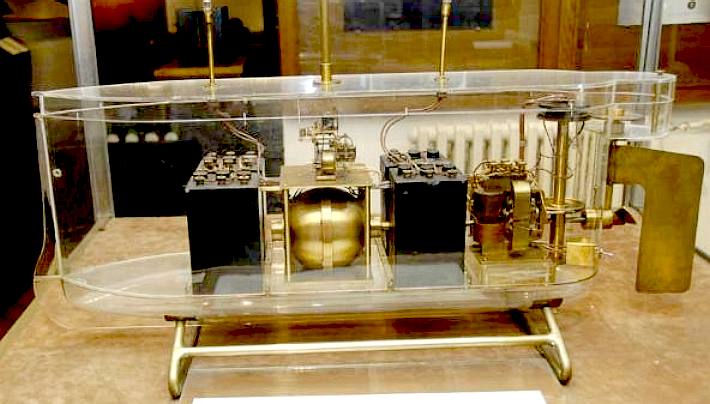
|










